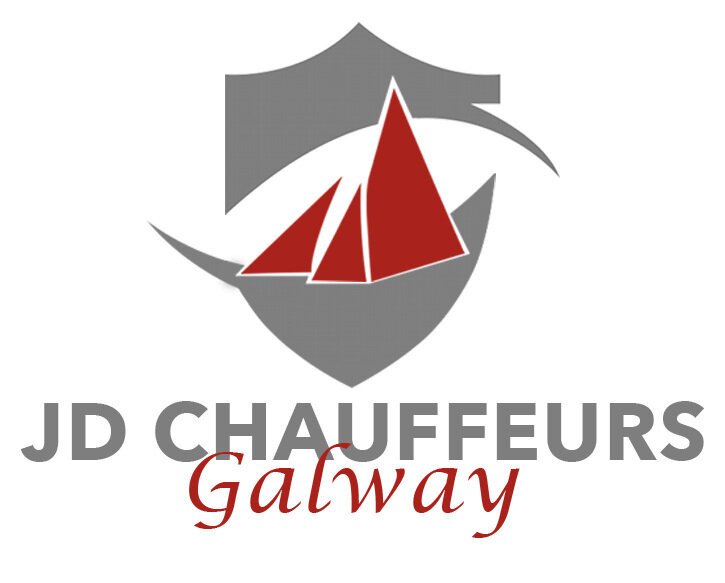The Burren, in North County Clare and parts of South County Galway covering an area of 160 square km, is unique - it is like no other place in Ireland. There are no bogs and very few pastures. Instead there are huge pavements of limestone called 'clints' with vertical fissures in the rock called 'grikes'.
Bleak though the place may appear, man has settled here since the stone age. Evidence of his habitations and tombs are all around you; massive dolmens, wedge tombs and stone forts called cahers, (the homesteads of farmers of long ago), survive in various stages of preservation. Churches and castles indicate later periods of settlement.
Many of the views around The Burren are truly spectacular. You won't forget Corkscrew Hill and its vista across Galway Bay; or the journey around Black Head or the view from Ballinalacken Hill across to the Aran Islands.
Aillwee Cave is near Ballyvaughan and is one of Ireland's oldest caves, it would have been formed when the landscape of the Burren was very different from what it is today. Another cave is Pol an Ionain, near Ballynalackan, to explore this cave you will have a low stoney crawl in water, however the light at the end of the tunnel is a large chamber in which you will find a large stalactite hanging from the roof and at 6.7 metres long, probably the largest in the world.
The Cliffs Of Moher
The Cliffs are 8kms long 214m high. The tower at the cliffs was built by Cornelius O'Brien, a descendant of Brian Boru, the High King of Ireland. From here one can easily view the cliffs, the Aran Islands, and Galway Bay as well as the Twelve Pins and the Maum Turk mountains to the north in Connemara and Loop Head to the south.


